It is little secret that the Noble Katana is my favorite IEM, in fact, it is the best sounding headphone I have in my possession period, and has only been outperformed by the very best in electrostatic headphones (which puts them on a par with a minimum $5,000 investment). That being said, the Katana is not the end of the Noble IEM story. At $1,850 the Katana is no longer even the top of the Noble IEM line (a position filled by the Noble Sultan, an IEM I have yet to have an opportunity to listen to, in fact, when I began testing the Noble Zephyr I was under the mistaken belief that I was reviewing the Sultan.). The truth of it is that Noble has a fairly robust line of IEMs covering a variety of price points and listening tastes with only two things in common, incredible value for the money and great sound. Inter the Noble Zephyr. What I received was a skunkworks prototype (though it has all the hallmarks of finished production model other than the documentation, hence the confusion as to its identity). Because of this, there is very little actual information about the Zephyr at this time. What I do know is that it is a three-driver hybrid, one 10mm dynamic and two balanced armature drivers. The shell for the production units will most likely be full wooden shells like their Prestige units and the custom version will be marketed to artists with accelerated production turnaround times. It will come with the 8 Core Noble cable, which is an 8 core OCC copper cable.
The prototype that I have is housed in very attractive, red honeycomb-patterned plastic shells with the above mentioned 8 Core Noble cable and came in the Noble Pelican case, with a velvet caring bag, a selection of memory foam tips and a cleaning brush (subsequent to the writing of this review I discovered that the selection of tips included silicone tips prompting an impromptu testing of the different tips the results of which I found the medium silicone tip to be the most comfortable and give the best performance for my ears creating a seal similar to customs and offering a little deeper bass extension, there was also a small soft foam tip that was very comfortable, though the medium-sized black memory foam tips were used in this review). In other words, pretty much everything you would expect from a high line IEM. I should note that they didn’t come to me directly from Noble, but via Headphone.Guru publisher Frank Iacone which accounts for the miscommunication about model which was none of Noble’s fault.
Living with the Noble Zephyr Hybrid In-Ear Monitor Prototype:
To burn-in the Noble Zephyr Hybrid IEMs I used Qobuz running on my iFi Pro iDSD in solid-state mode (to save on tube wear) using the MUZO Player app on my FiiO X7mkII as controller and a Cardas Iridium Power Cable, when it came time for listening tests, I switch over to tube mode and listened to files on Qobuz or on the microSD card installed into iDSD for that purpose (eliminating the need for a computer, software players, USB, and all of the potential data loss involved in that process).
Choosing a medium-sized black memory foam tip, I rolled it in my fingers to warm it up, seated the IEMs firmly in my ear, and held them in place until the memory foam expanded to fill the space. Personally I prefer silicone tips comfort-wise, but foam tips often provide a better seal and better bass extension.
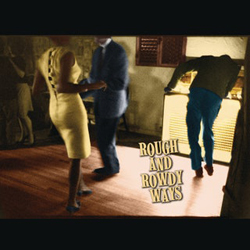
As is my wont, I began with something new on Qobuz, in this case, that meant Bob Dylan’s “Rough And Rowdy Ways” (24-bit/96kHz). True to form Bob is always reinventing himself, whether it be the bowed cello for bass or the unusually clear gravelly baritone, what never changes is the complexity of his poetic lyric. The Zephyr delivered an intimate in-the-room experience, with a neutral but warm tonality and a hefty soundstage. The downbeat blues/jazz compositions were totally engaging making it hard to remember that I was listening to a recording and not a live performance in my living room.

My next selection was my newly acquired DSD version of one of my favorite test songs, especially for subsonic bass and separation of detail, Genesis’ “Can-Utility and the Coastliners” from their “Foxtrot” album. The soundstage was epic and the triangle rang out crystal clear even during the crescendos, Peter’s voice was natural and real. The sub-bass had real texture, and the percussion had lightning-fast snap. Overall, I have never heard the track sound so analog and musical with no congestion even during passages where there were dozens of competing sounds. Just for posterity’s sake, I compared it to my usual 16-bit/44.1kHz track, while the sound was grainier and lacked subtly, the soundstage and musicality were all the Zephyr.
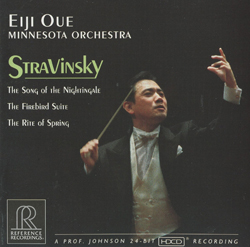
Stravinsky’s “The Firebird Suite” as performed by Eiji Oue and the Minnesota Orchestra (“Stravinsky” – DSD) was notable for the incidental noises, the flutter of sheet music pages, the tap of a bow being lifted or set down, the breath across a flute, and as always with Noble the dynamic range was spectacular. The soundstage was floor of the Disney Hall vast with a solid unwavering image, a great deal of air around each instrument. The timbre of instruments was perfect and realistic. It was all close-your-eyes engaging. And foremost, above all, was the musicality of the experience, it was like hearing the recording for the first time magical. The timpanis were tight and textured and the bass drums reverberated without breakup.
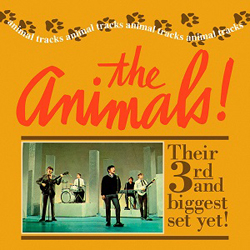
The emotion in Eric Burden’s voice was clear and present in a large music hall, the Hilton Valentine guitar crisp, John Steel’s drums exhibiting real snap with no spit from the cymbals, with rich tonality from Chas Chandler at the bass while listening to “It’s My Life” (“Animal Tracks” – The Animals – 24-bit/96kHz).

Continuing in a Rock & Roll groove I selected Queen’s “Brighton Rock” from “Sheer Heart Attack” (24-bit/48kHz) and the Zephyr had no problem keeping up with the blistering speed of this fast-paced track with its heavy percussion, multiple layers of loop delayed guitar and faithfully rendered the magical blending of Roger Taylor and Freddie Mercury’s voices into one with live performance dynamics and a huge outdoor stadium soundstage with a smooth musicality that veiled nothing.

For a dive at a little country, I cued up Kenny Rogers and “The Gambler” (“The Gambler” – 24-bit/192kHz). The opening refrains of dueling guitar were close and intimate in a vast hall, the rich piano growling in the distance. Each instrument, as it cut in, had its own space in the warehouse-sized room.
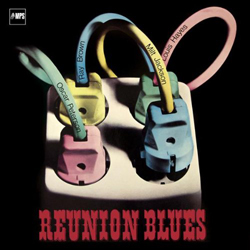
For my DAP session, I chose my FiiO M11 Portable Music Player and the Oscar Peterson Trio with Milt Jackson playing “Red Top” from “Reunion Blues” (24-bit/88.2kHz). Same huge soundstage and musicality that I had already become used to, with a robust fullness to the vibes and piano. The upright contrabass was perfect without any of the artificialness that you often hear in many popular high-end headphones.
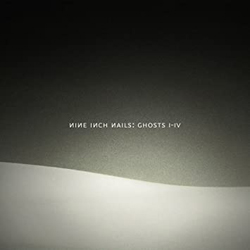
“34 Ghosts IV” from Nine Inch Nails “Ghosts I–IV” (24-bit/96kHz) was a little thinner a little more brittle when played on the M11 as opposed to the iDSD and the soundstage was a little more compressed, but the haunting beauty and musicality remained, from the stark and intimate acoustical intro to the fuzz heavy ending. So much so that after listening to the track several times on both platforms, I was tempted to listen yet even another time on the iDSD in solid-state mode to see how the Zephyr performed with high-resolution solid-state electronics. While not quite as lush as the tube mode the performance was still epic, lending weight to the Zephyr’s versatility.
In the interest of completeness and simply unable to resist the temptation, I broke out the Katana’s to compare them to the Zephyr, and in all fairness, you can’t really compete with the fit and seal you get with customs with universals, but that being said, the Zephyrs performed admirably in comparison. The Katanas are a tad more neutral, have noticeably lower bass extension, and have a more robust presentation, but without direct comparison, you might not notice the differences.
Conclusions on the Noble Zephyr Hybrid In-Ear Monitor Prototype:
Once again Noble Audio has struck gold with the Zephyr Hybrid In-Ear Monitor, especially in the musicality department. I have always held that a great speaker, headphone, or IEM should perform well with all genres of music, and above all always impart an enjoyable experience, and in this, the Zephyr is a clear winner, providing a rich, colorful, exciting, and engaging experience, with a huge three-dimensional soundstage, extreme clarity, speed, and detail, warmth, and musicality without veil or coloration and yet very forgiving of source electronics, which is a must in an IEM that will mostly be used with portable devices.
I must thank Jim Moulton and Noble Audio for this little glimpse into the future in allowing me to listen to a truly fantastic prototype of what I believe will be a best seller, my only regret is that it must come to an end. I look forward to a return of HiFi Shows and the opportunity to hear their new Sultan which promises to be another epic victory in the Noble showcase. Two thumbs up!
Manufacturer’s Webpage: https://nobleaudio.com/en/
Price: $1,450 for the Universal version, $1,650 for the custom version, and $2,300 for the Prestige Universal
Below is a gallery of images of production Zephyrs.














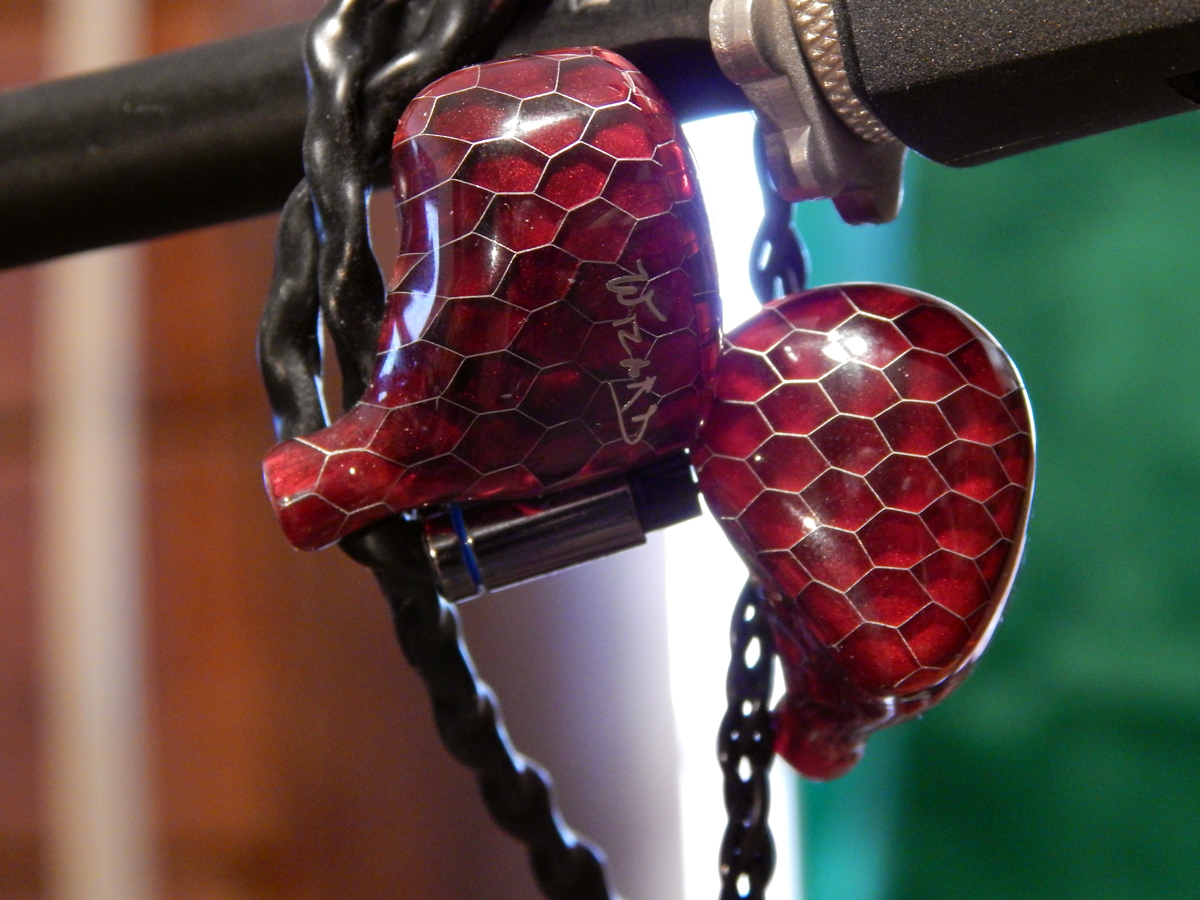
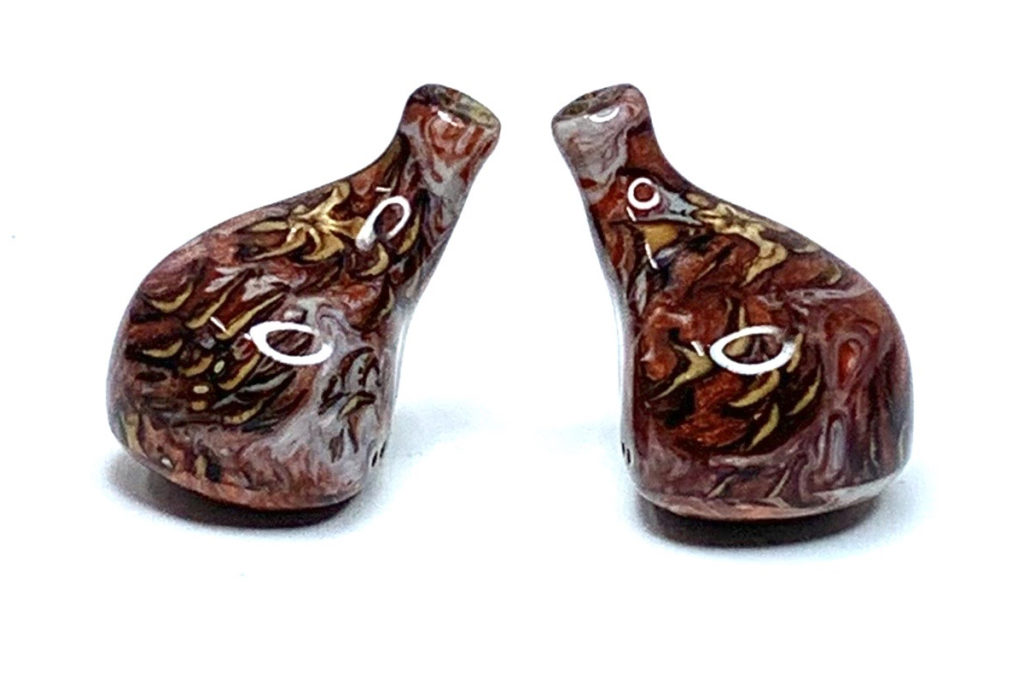
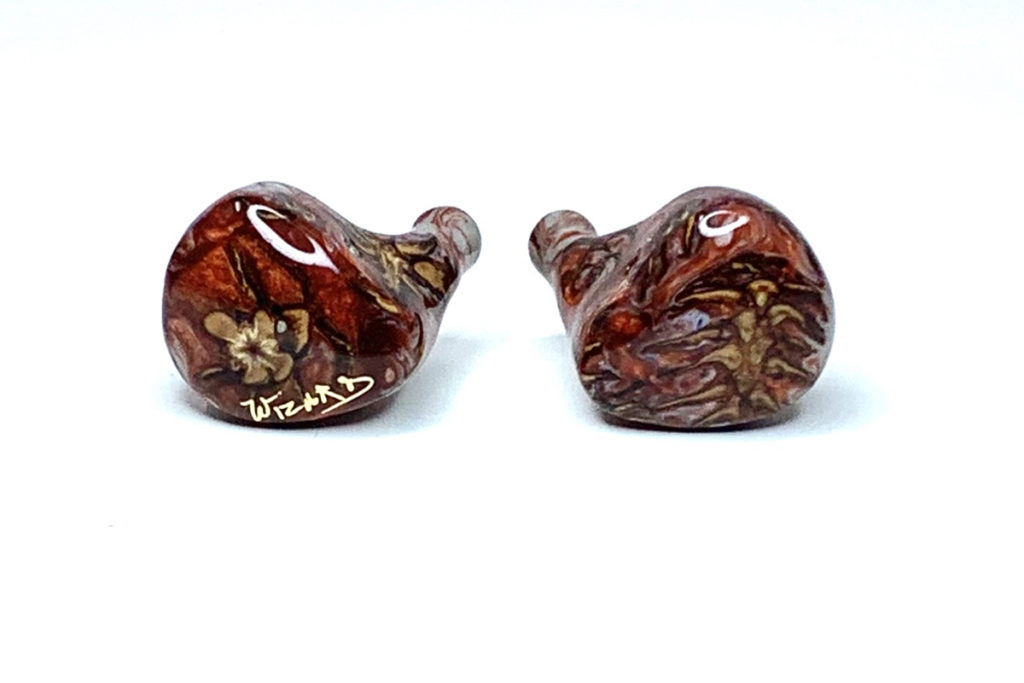
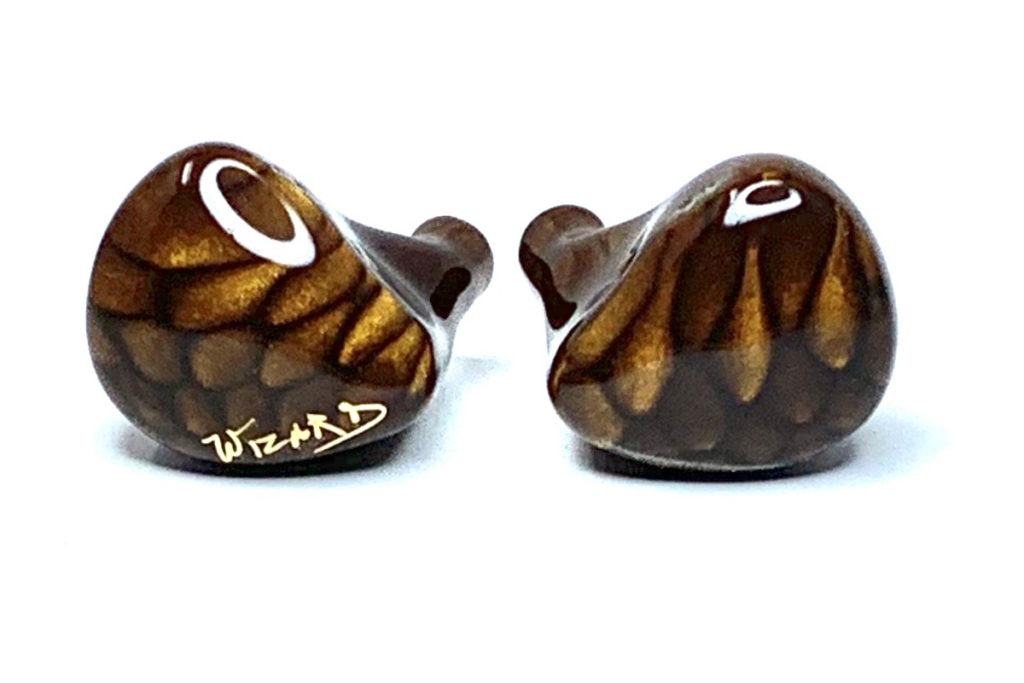
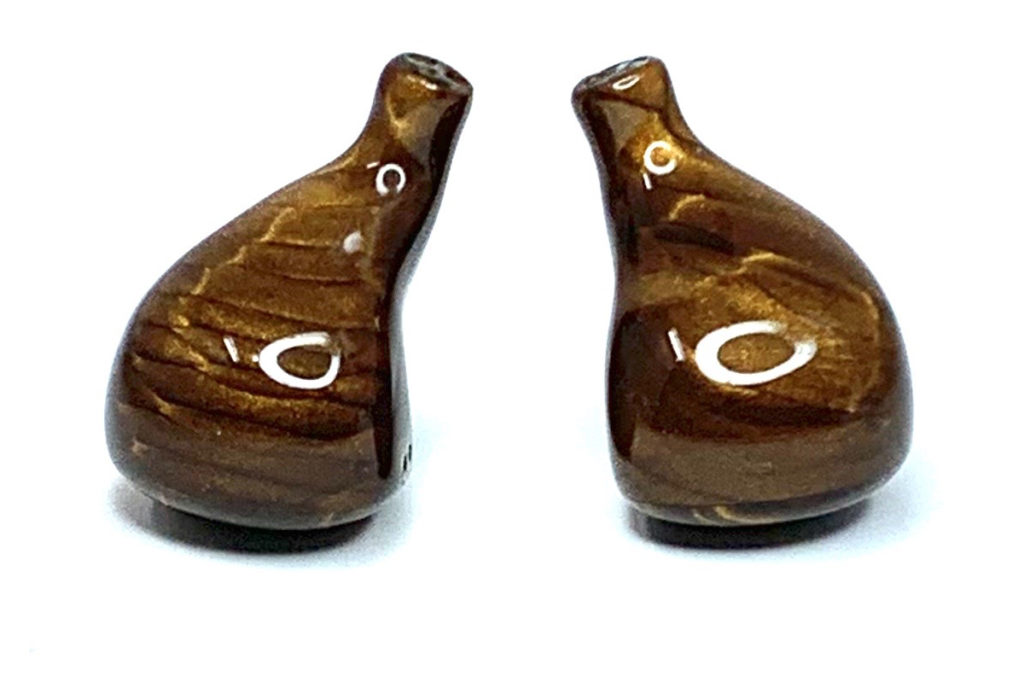
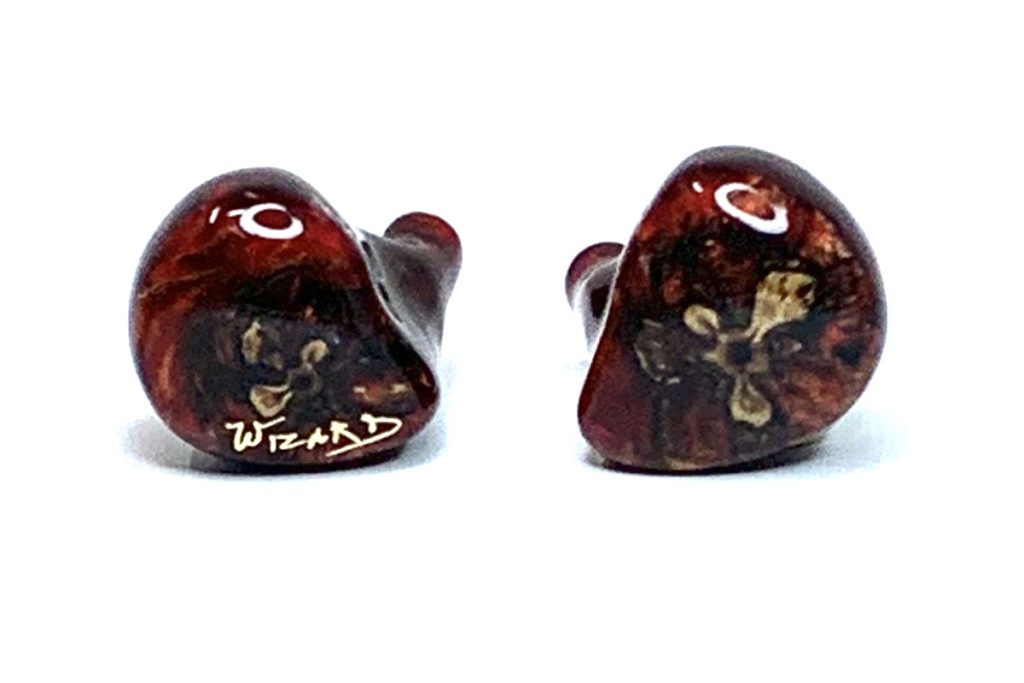


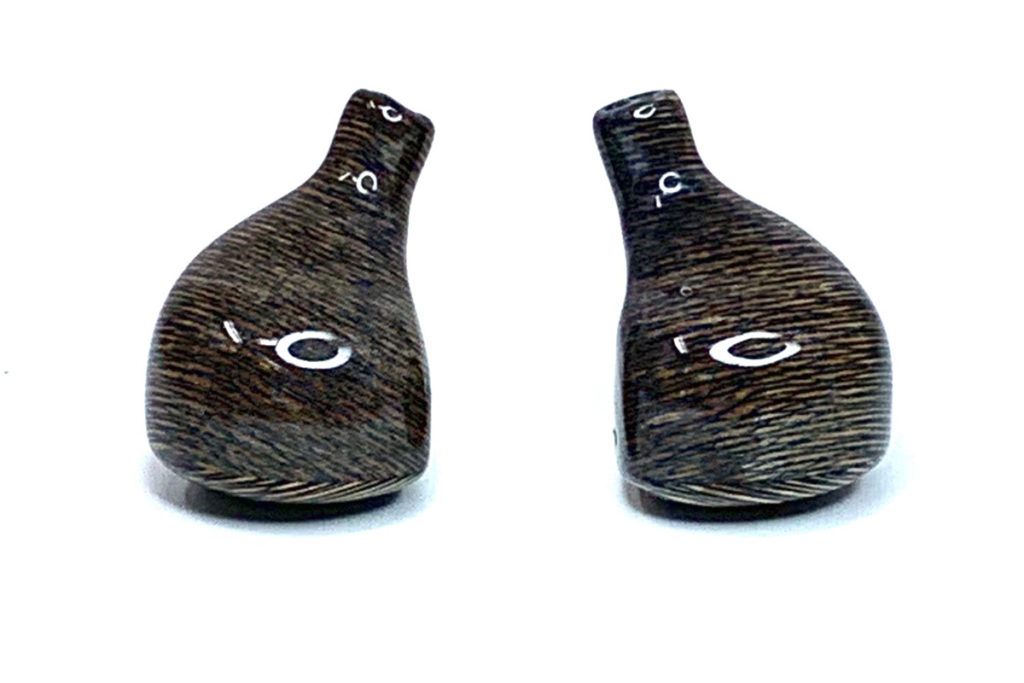
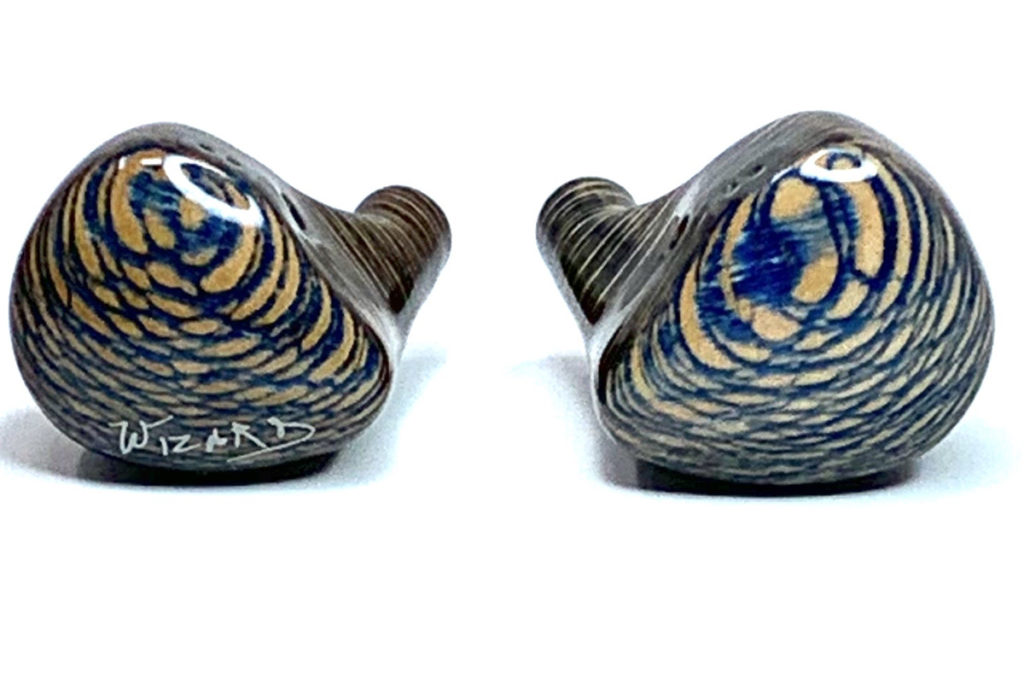
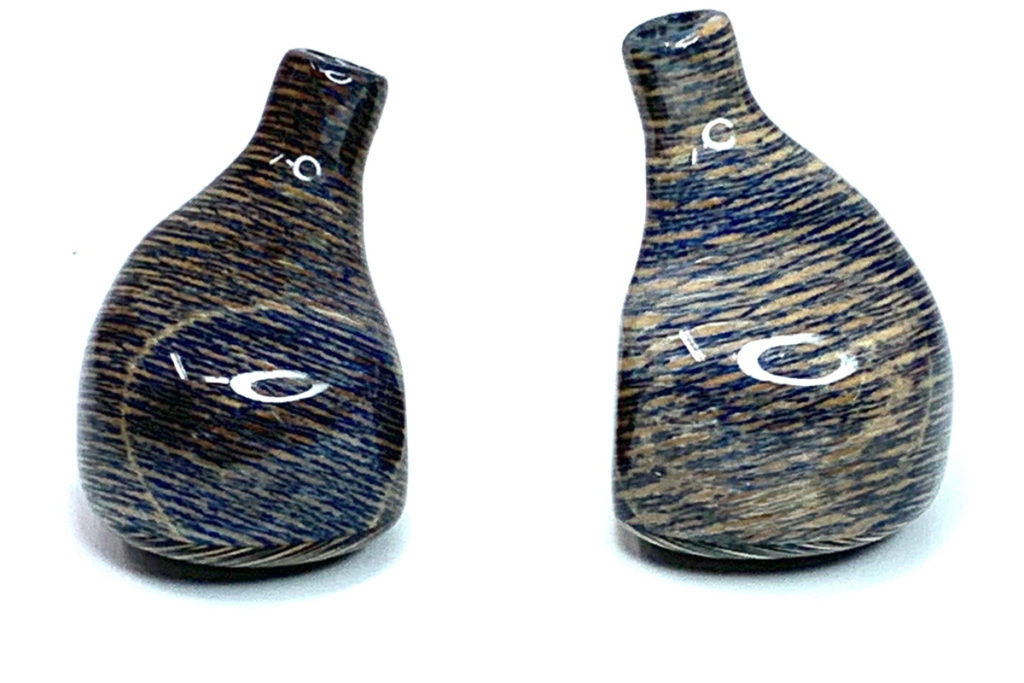
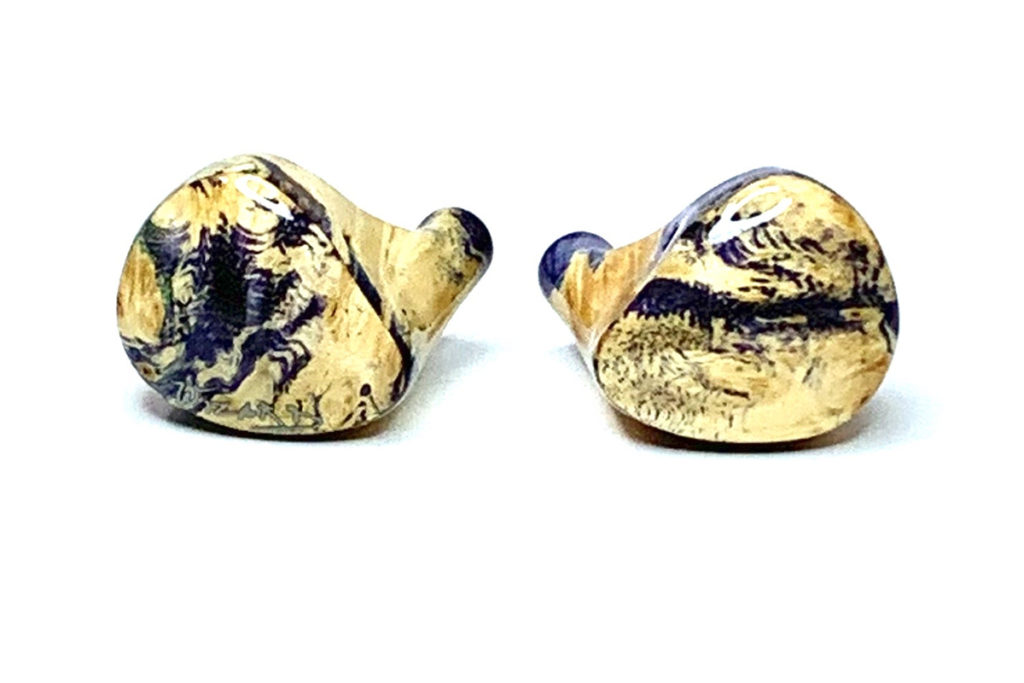
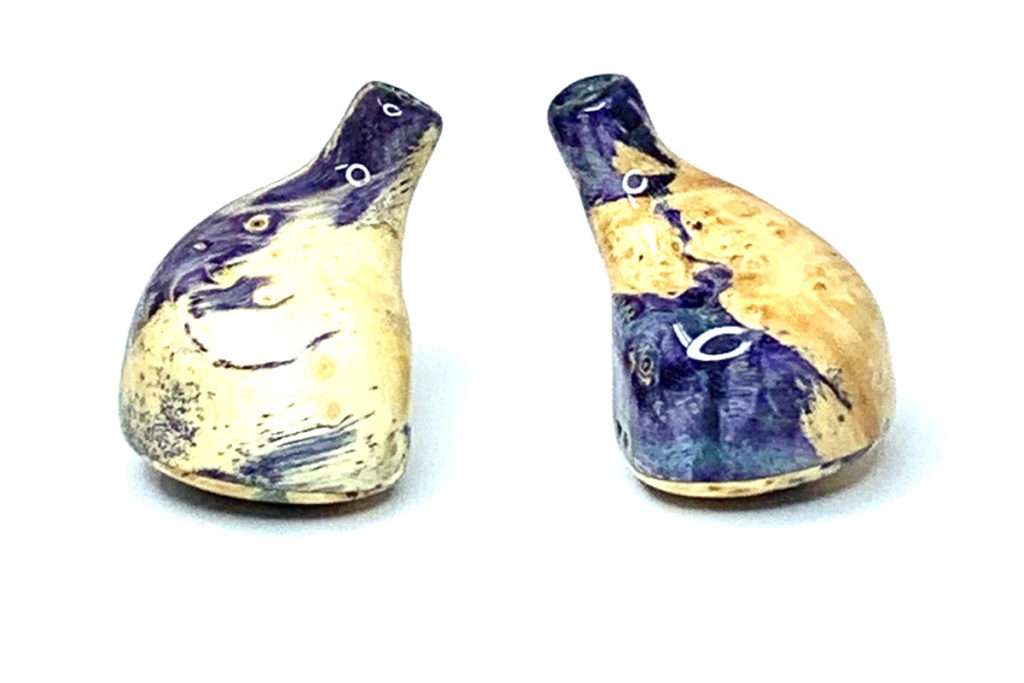
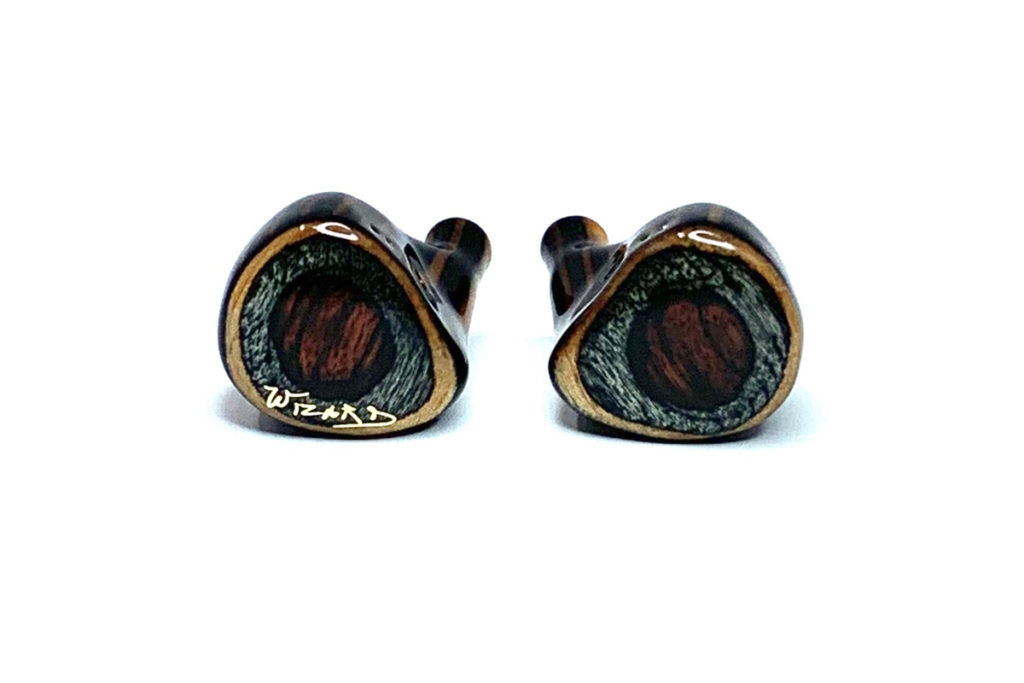
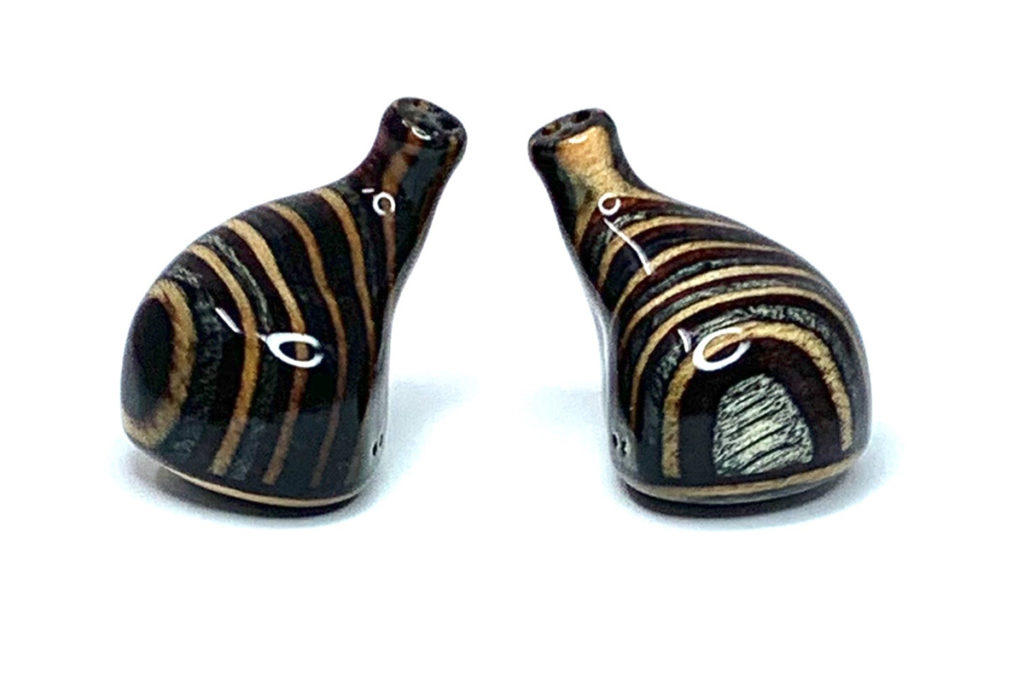
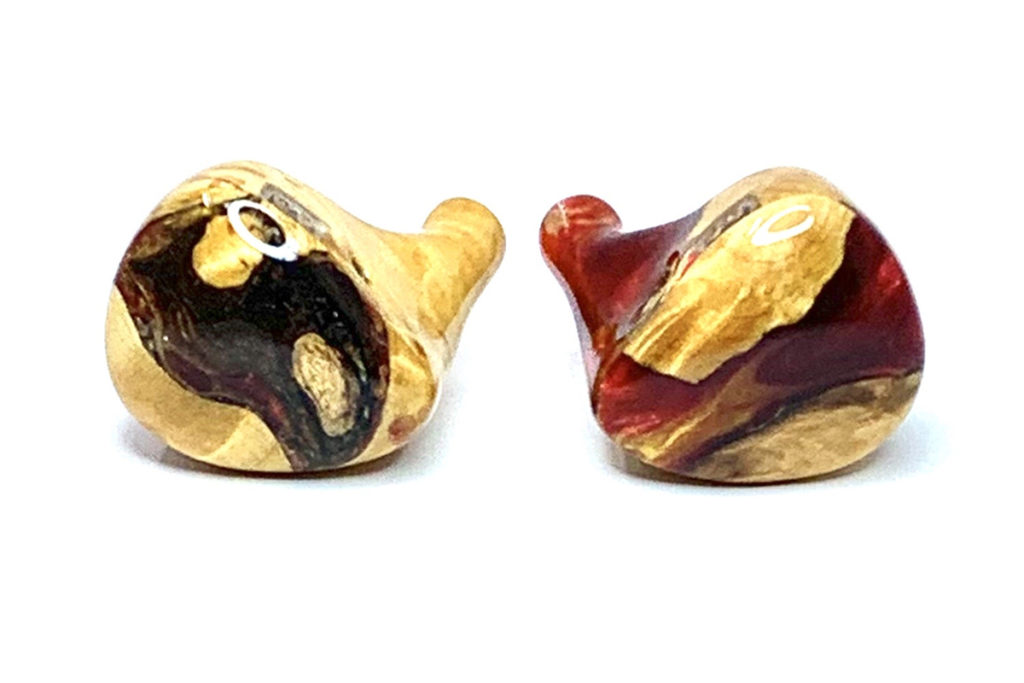
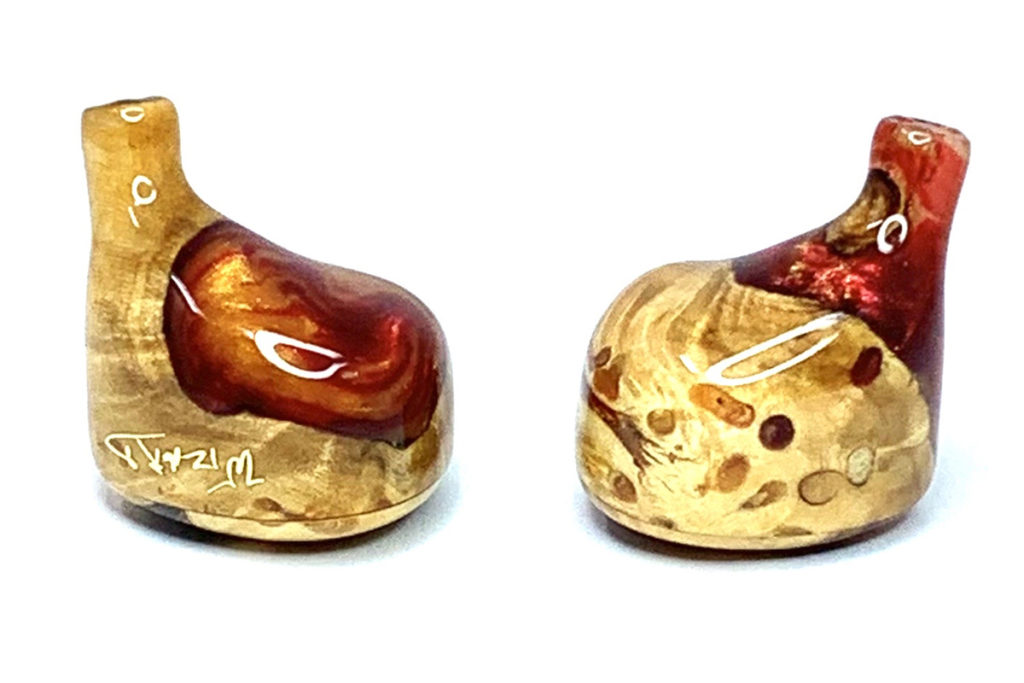
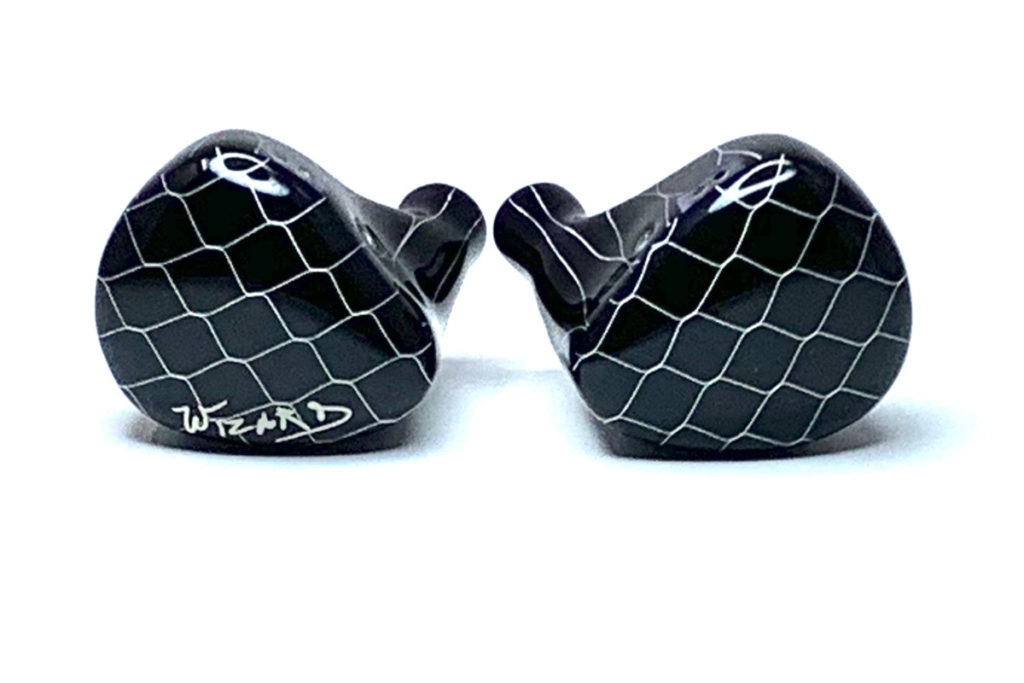

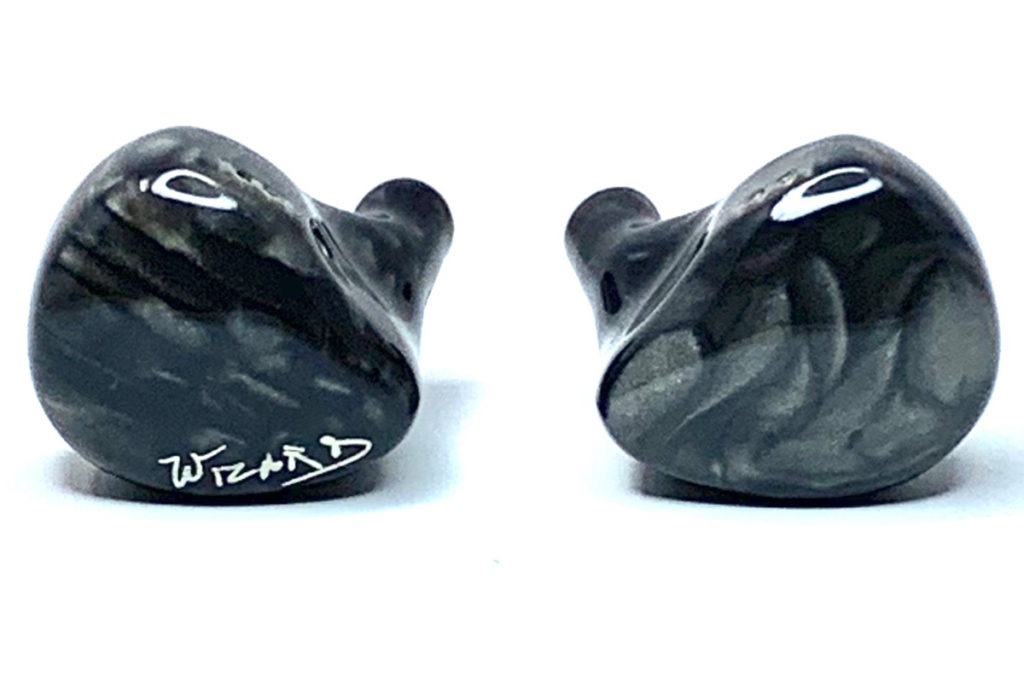
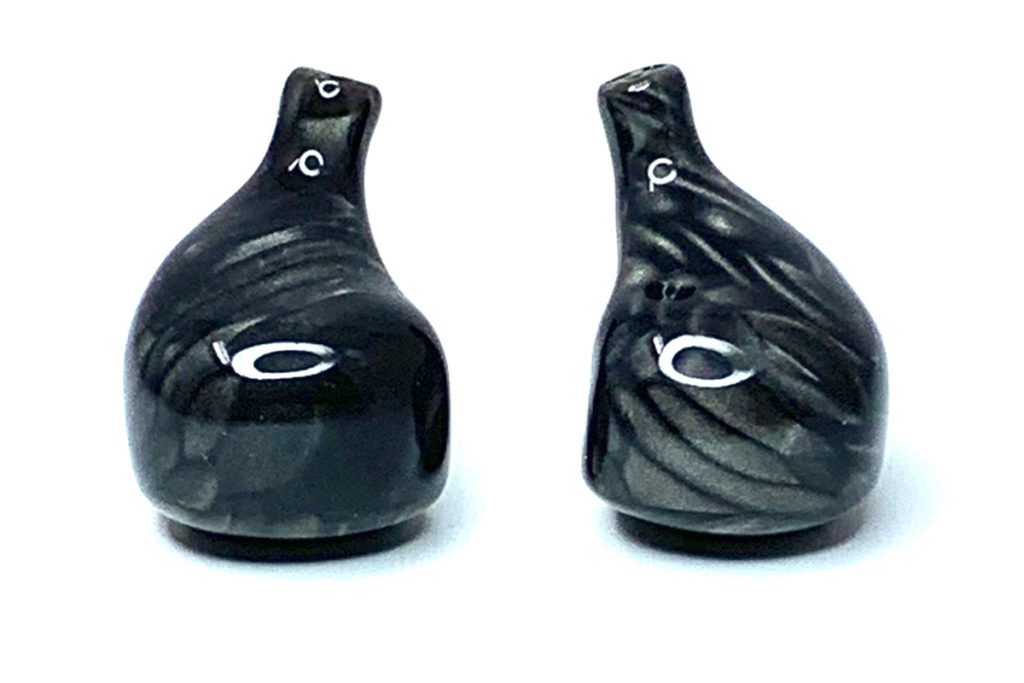

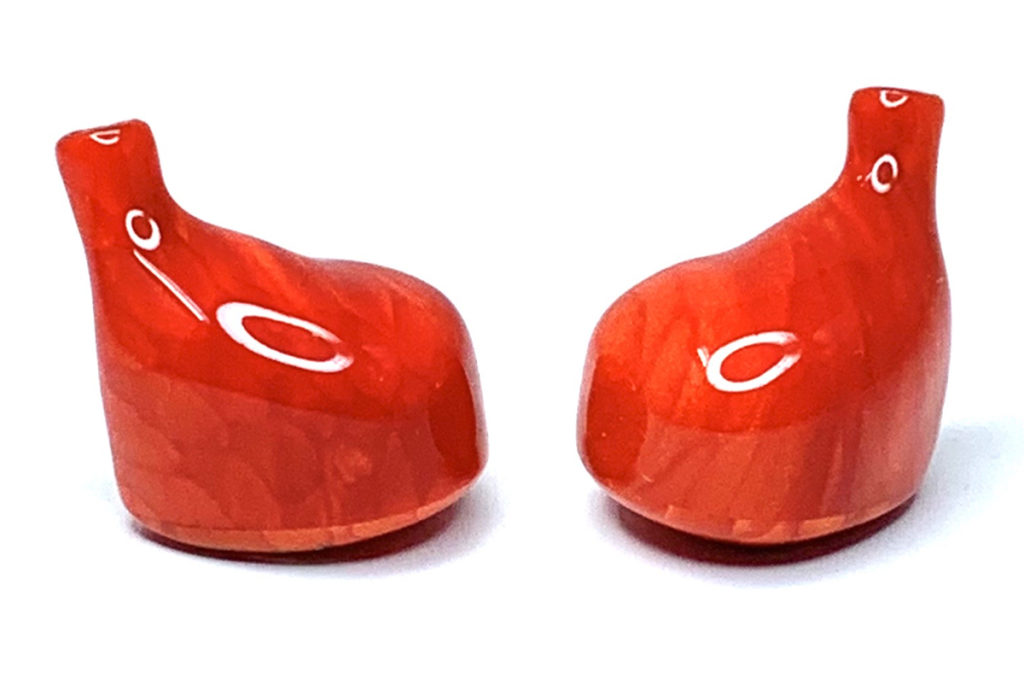
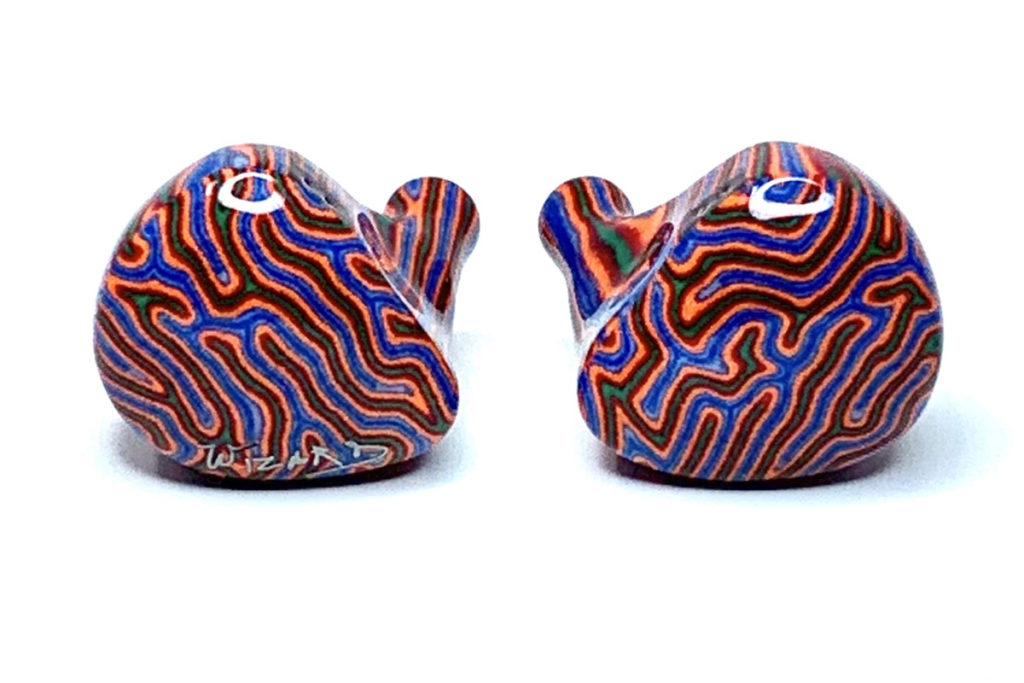
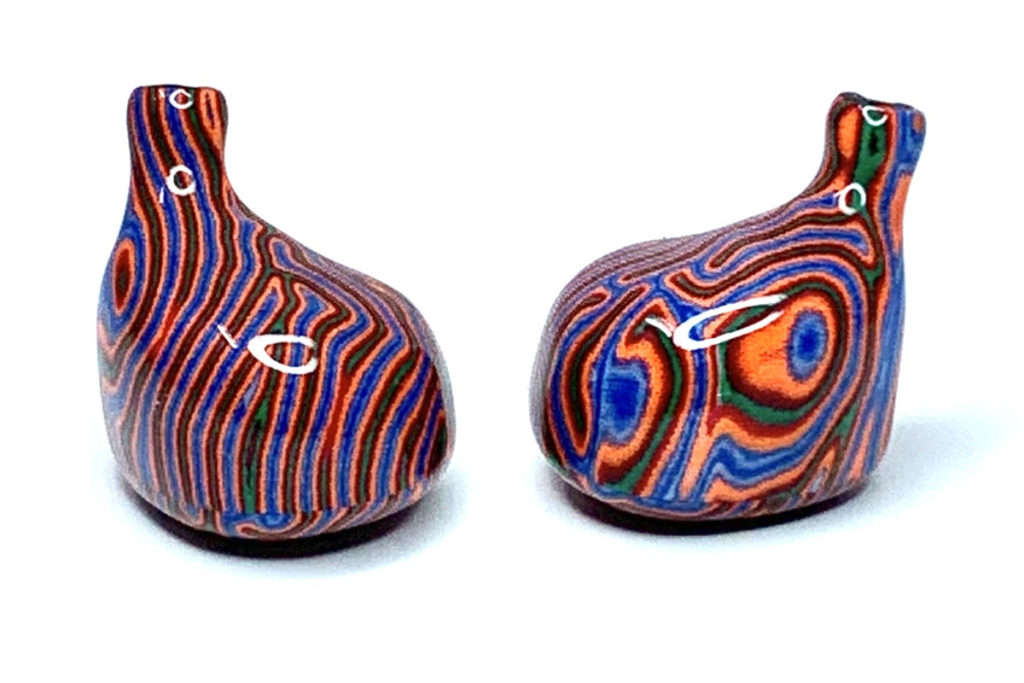
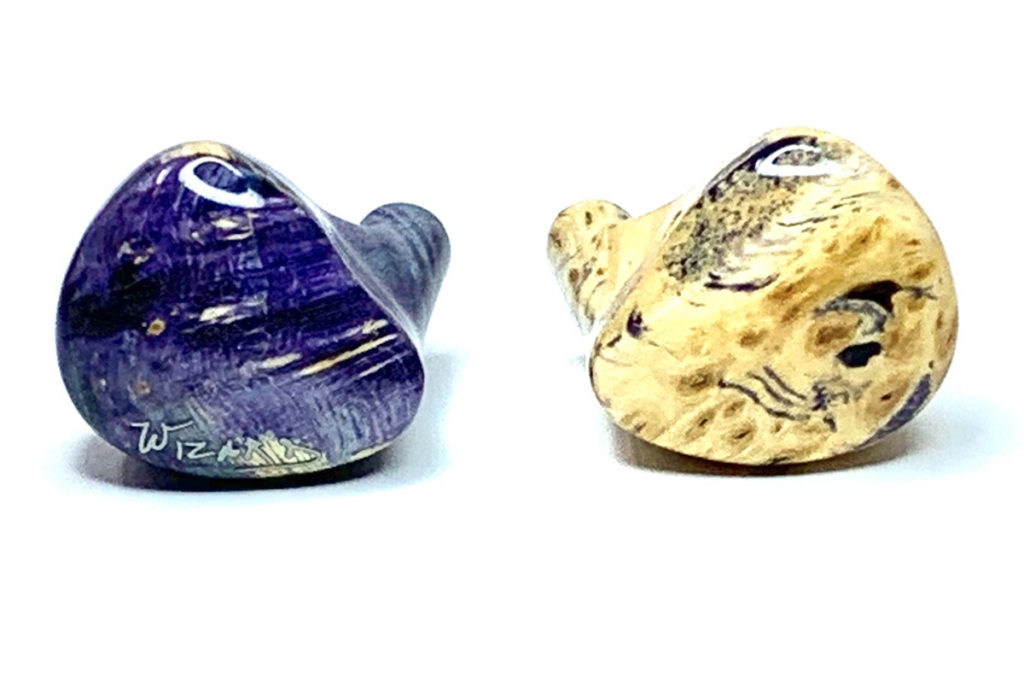
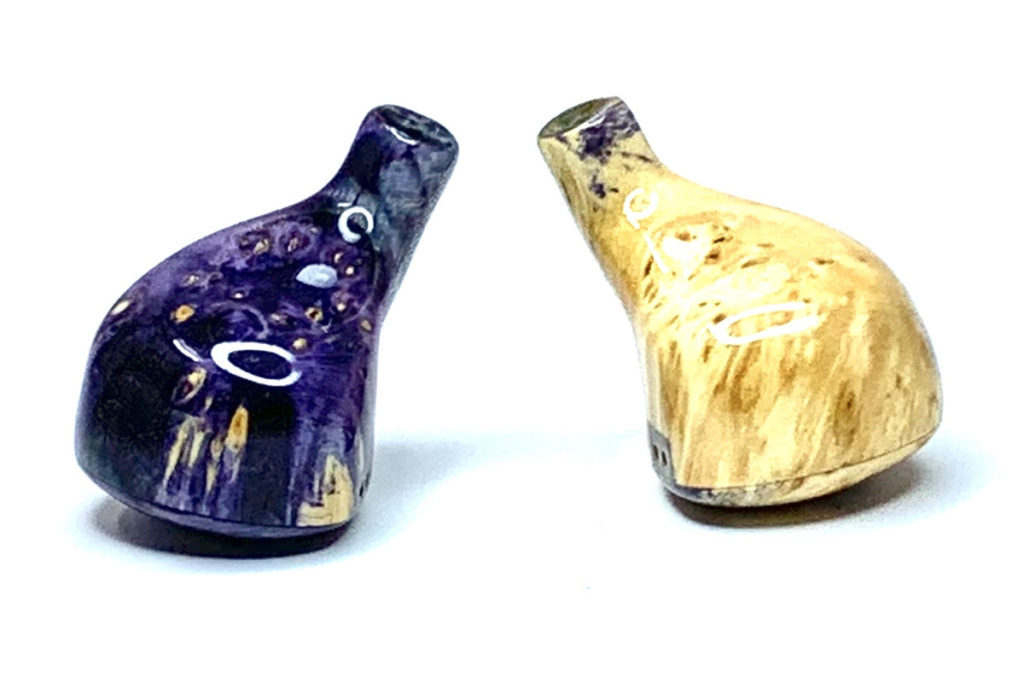
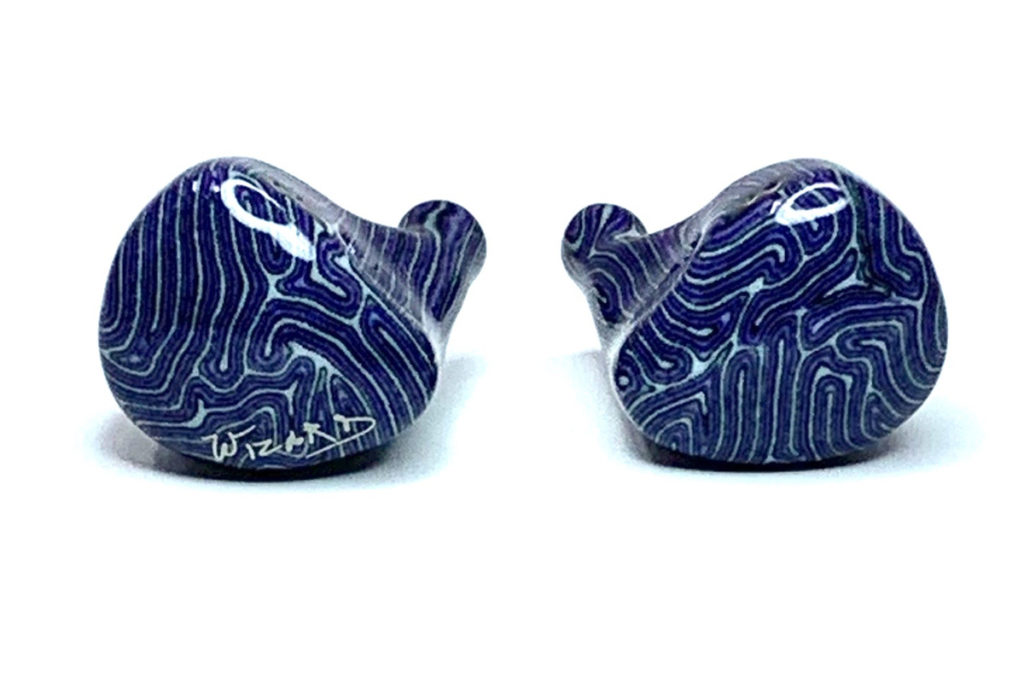

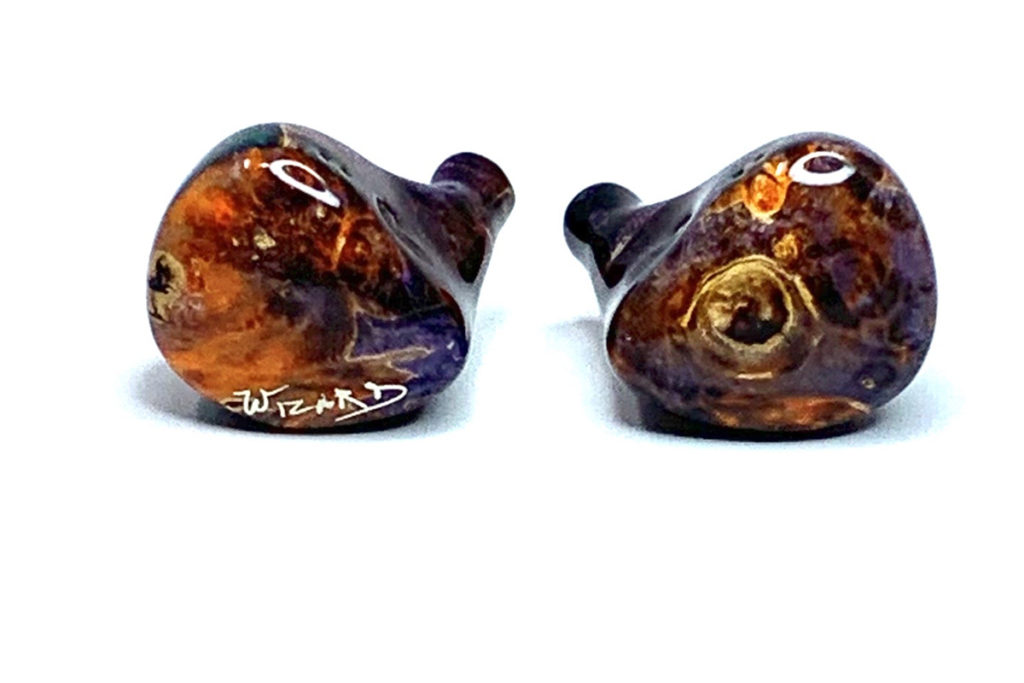


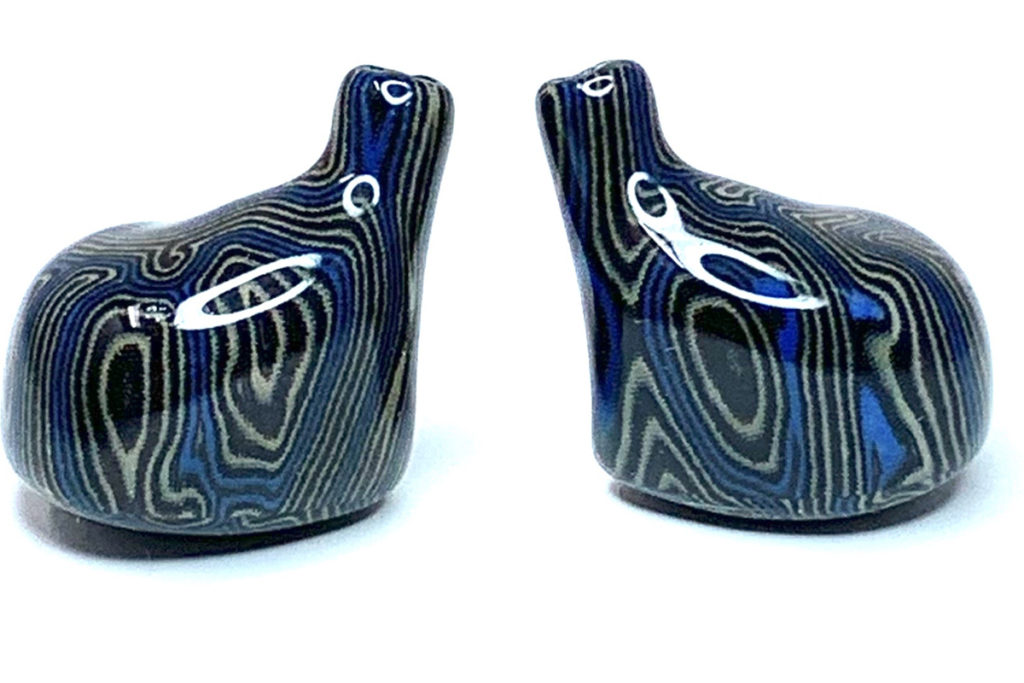

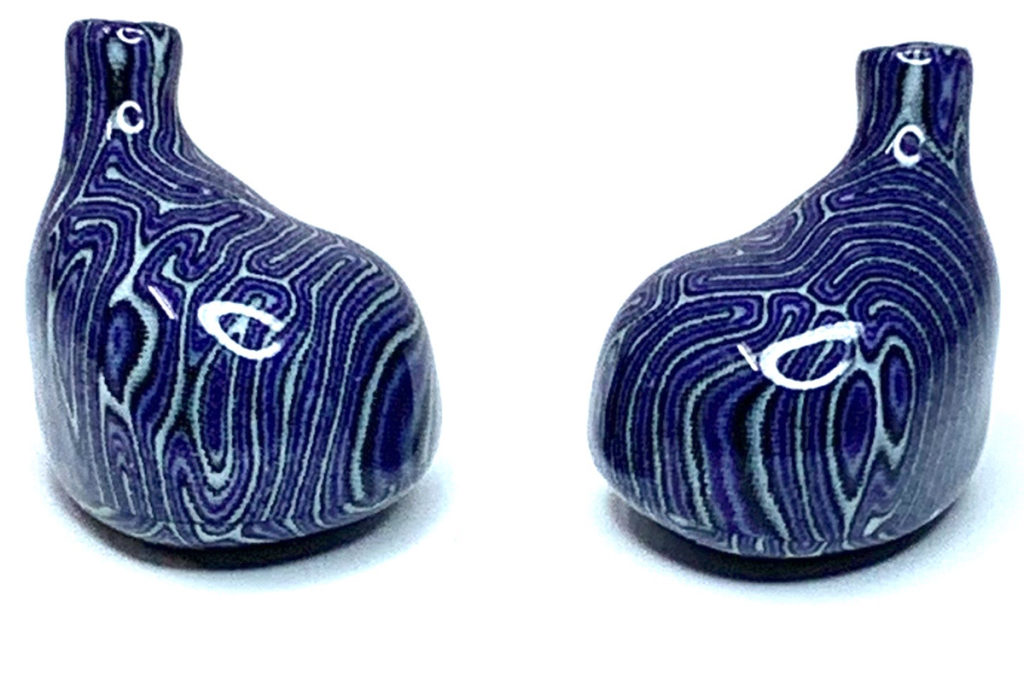
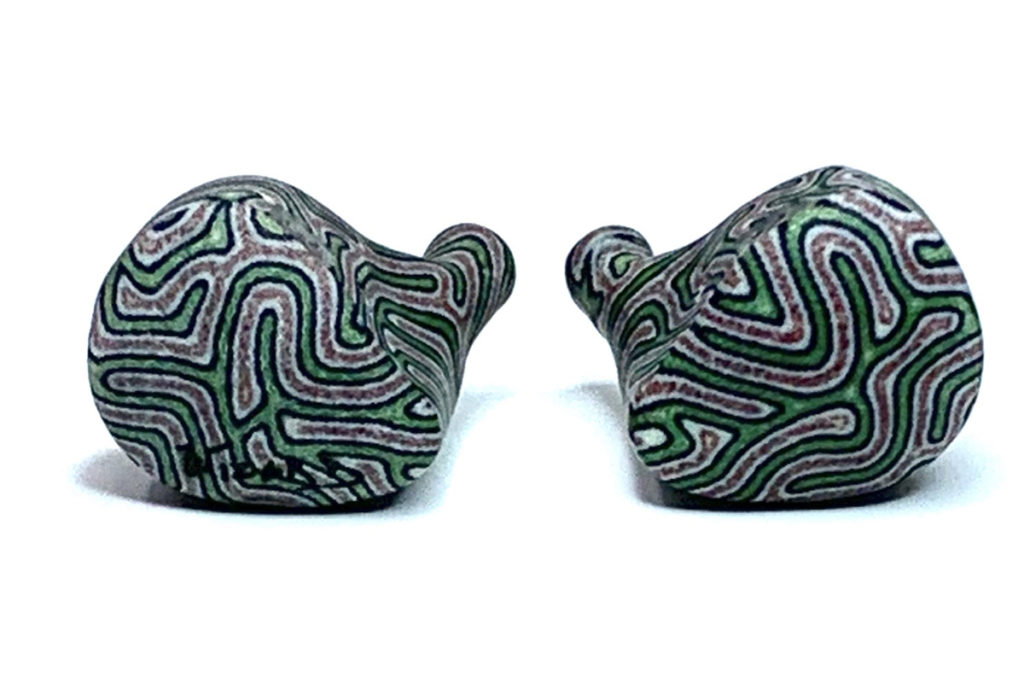

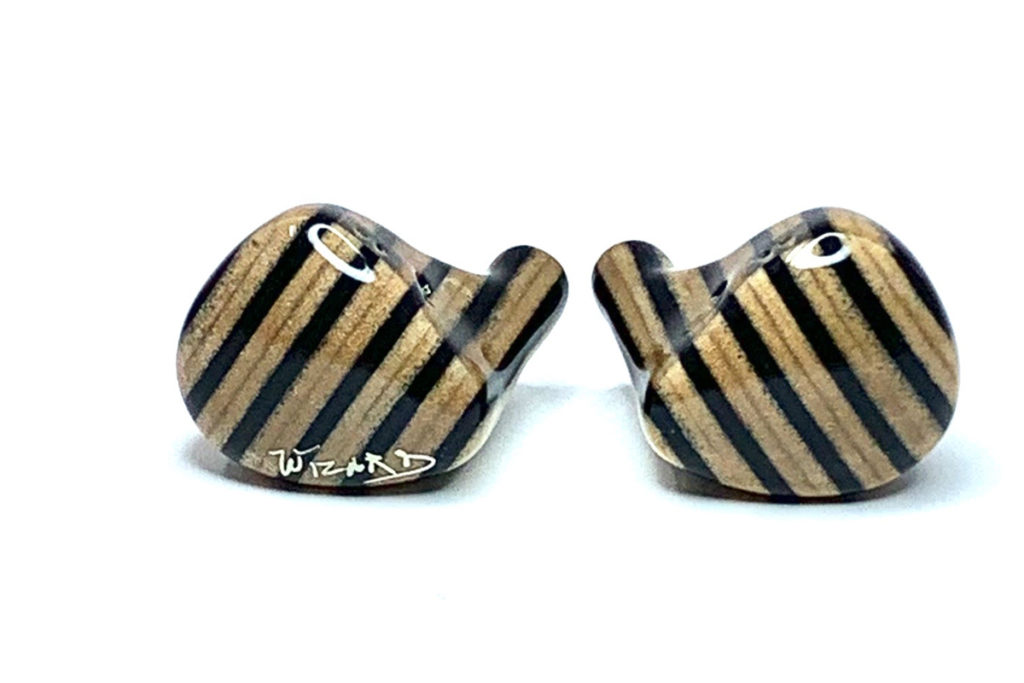
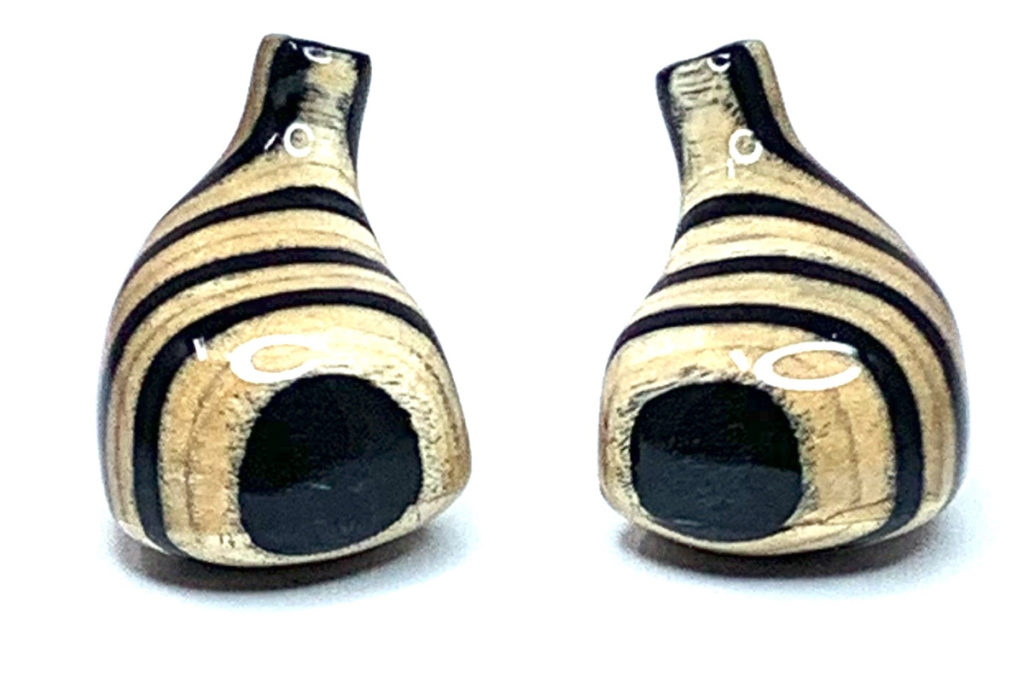
Reply
Reply
Want to join discussion?
Feel free to contribute!